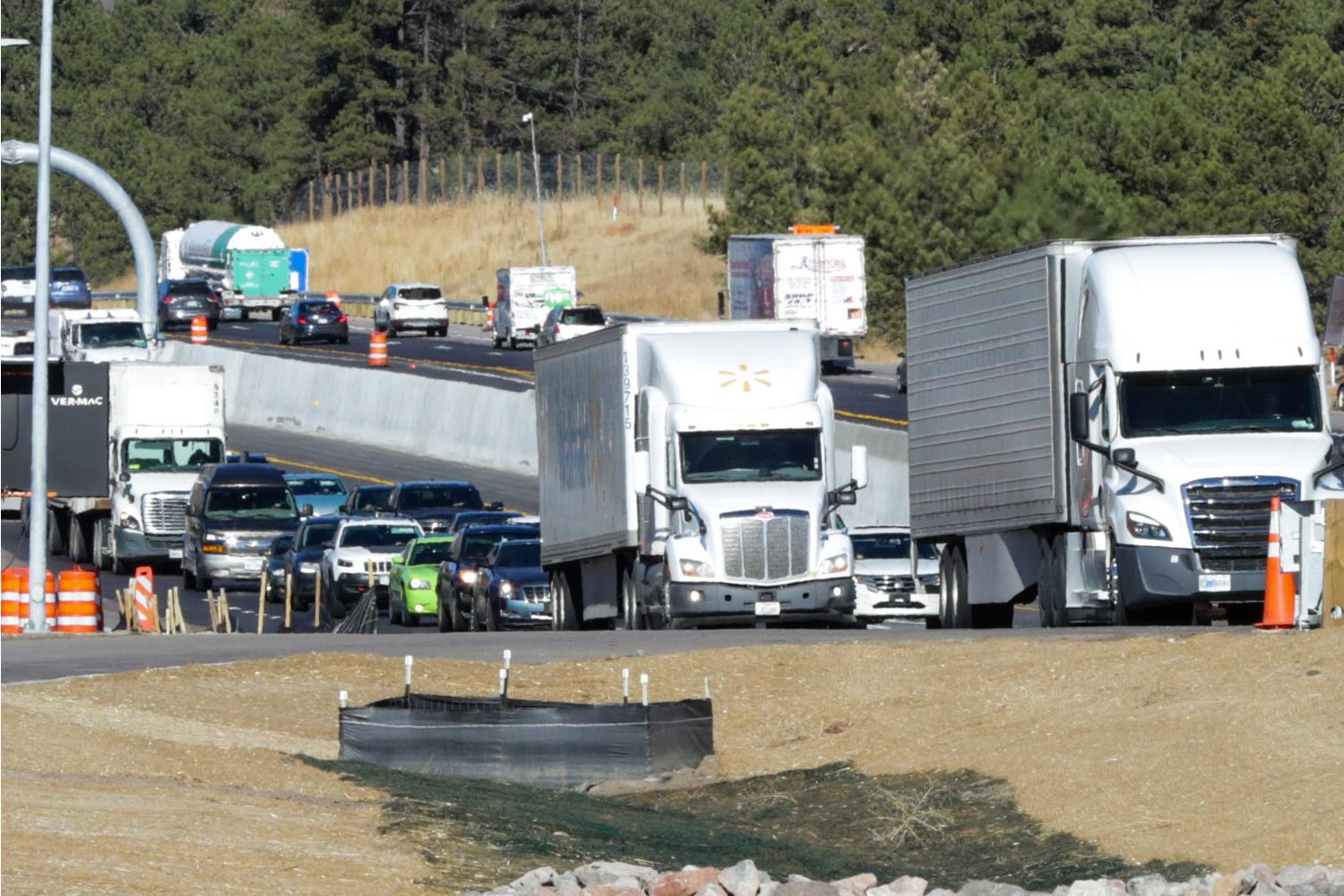
Preliminary data from the Colorado Department of Transportation shows 672 people died on Colorado roads in 2021, the state’s most since 2002.
That number is expected to exceed 700 once final tallies come in, according to Colorado State Patrol chief Matthew Packard. During a press conference announcing the record, Packard urged people to take personal responsibility for reducing traffic deaths. He said too many people get behind the wheel while impaired, or are distracted when on the road.
“It's appalling to me to think that that many people senselessly lose their lives in something that we do every day,” Packard said.
Overall, the state has seen a 50 percent increase in traffic deaths since 2011, and deaths on Colorado roadways increased by eight percent last year compared to 2020. The early count shows 432 crashes involved people in cars and trucks, while 145 were motorcycle or bicycle riders. In addition, 87 pedestrians were killed by incoming traffic.
Colorado Springs and greater El Paso County had the most road fatalities in the state last year, with 77. Denver reported 65 fatal crashes during the same period.
Police officials from around the state said they plan to expand enforcement in areas with a disproportionate share of fatalities. But they argued during Tuesday’s briefing that a systemic crackdown on traffic safety is not the solution.
“The causations we've talked about today that cause accidents, those are personal choices,” Colorado Springs Police Department chief Vincent Niski said. “It's not infrastructure, a lot of it's not infrastructure. A lot of it's not about public transit. It is about a personal choice to run a red light.”
CDOT director of maintenance and operations John Lorme acknowledged asking Coloradans to be more careful does not guarantee change, but he reminded people worried about road safety that improving other transportation options would make residents less dependent on driving.
“CDOT knows that we can't grow out of this problem,” he said. “One of the ways that we can [improve] is to increase transit availability to everybody within the state.”









